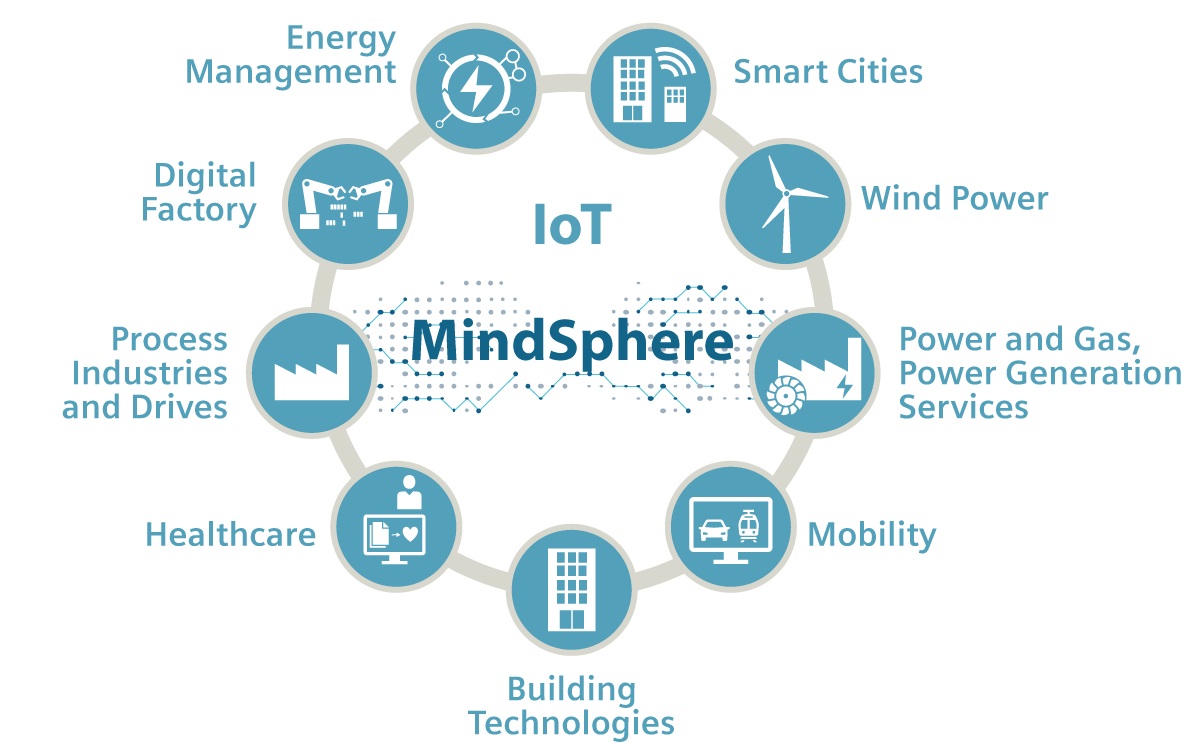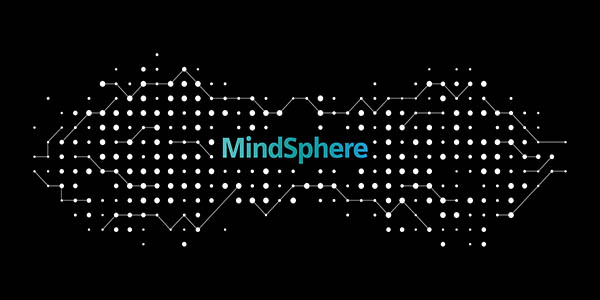We look at a lot of interesting APIs. We have profiled over 300 entities, with over 10K individual API paths, with over 1000 others we’d love to profile and add to the Streamdata.io API Gallery. Some of the APIs we look at we just have to move on because profiling the paths, parameters, and other technical details of the API will take too much time. So when we come across companies that have OpenAPI (fka Swagger) available by default for all their APIs, we are always very pleased.
As we were learning about the Internet of Things APIs from Siemens, we were happy to find an OpenAPI definition available at the bottom of the documentation page for each API. As part of the Siemens Mindsphere platform, they have over 15 separate APIs, elegantly designed, helping provide a pretty robust set of solutions for managing a variety of Internet-connected devices.
– Agent Management API
– Anomaly Detection API 
– Asset Management API
– Data Flow Engine
– Event Analytics API
– Event Management API
– Identity Management API
– IoT File API
– IoT Time Series API
– IoT TS Aggregates API
– KPI Calculation API
– MindConnect API
– OAuth Authorization Server API
– Signal Calculation API
– Signal Validation API
– Trend Prediction API
– Usage Transparency API
It took us about 30 minutes to profile the entire MindSphere platform, and include in the Streamdata.io API Gallery, which will be available in the next build of our machine-readable API gallery. Other APIs that are not documented using OpenAPI can take 1-3 hours depending on the complexity, leaving some of them out of our reach for inclusion in the gallery. We have to prioritize which APIs we invest in based upon their real-time potential, and the value of the resources being served up, but when an OpenAPI is present by default, we will almost always add the API to the gallery no matter what they are serving up.
OpenAPI just makes on-boarding with any API much easier. It allows developers to not just browse your documentation, it allows them to actually load your API up in popular clients like Postman, and generate SDKs, and other code they’ll need to do the heavy lifting of integration. It also empowers API service providers like Streamdata.io to ensure your APIs are integrated into our services and tooling, helping us ensure our solutions are interoperable and easily integrated into the APIs our customers want to put to use. If you need more information on using OpenAPI for your API please reach out, we are happy to help you learn more about the API specification format, and in some cases actually, help you craft the first version of the definition for your API.


Follow us on social